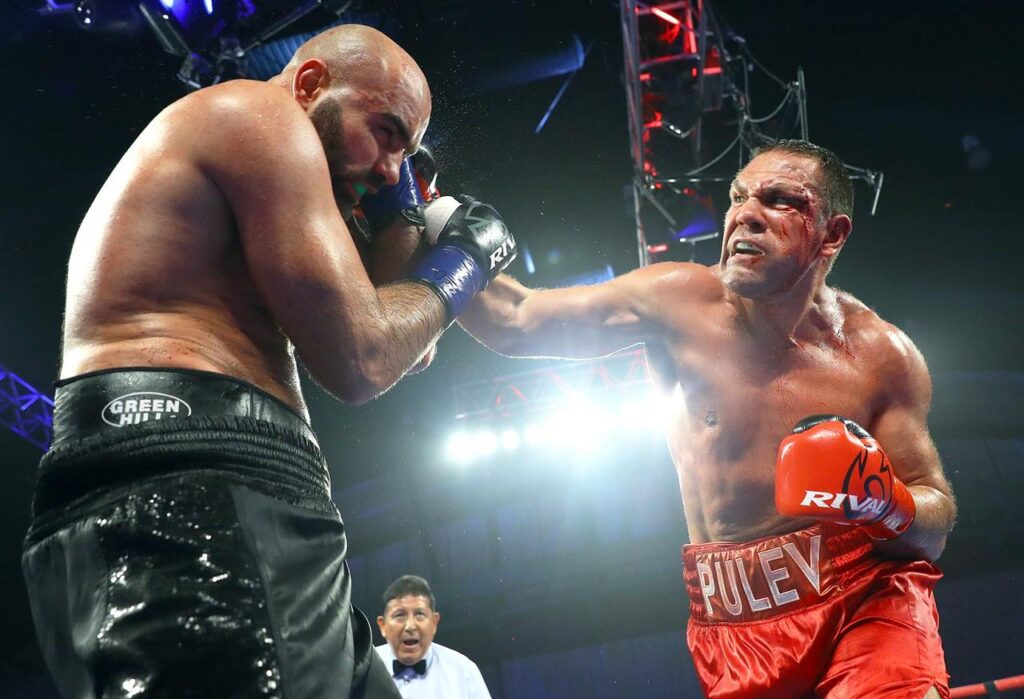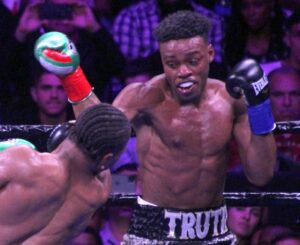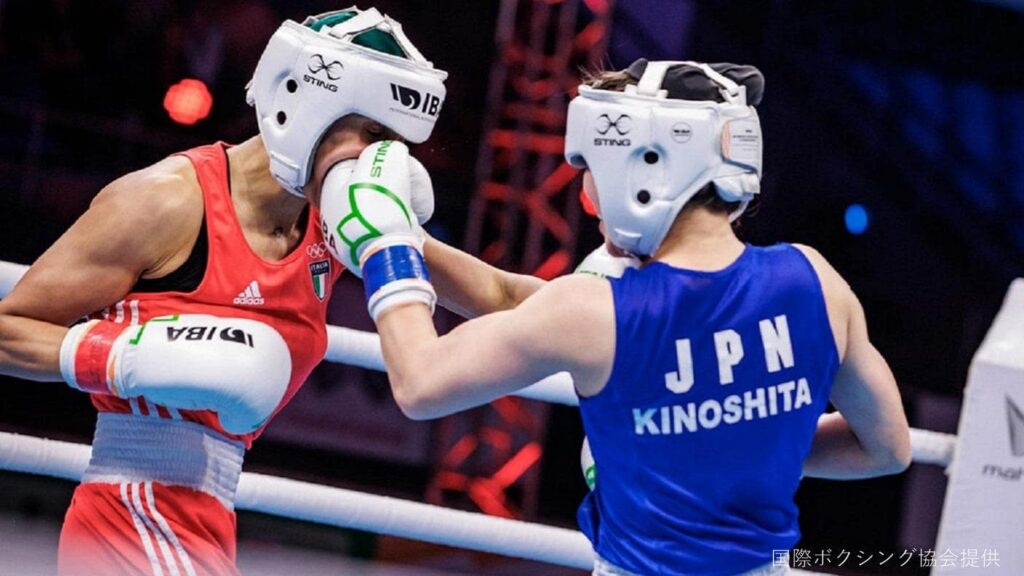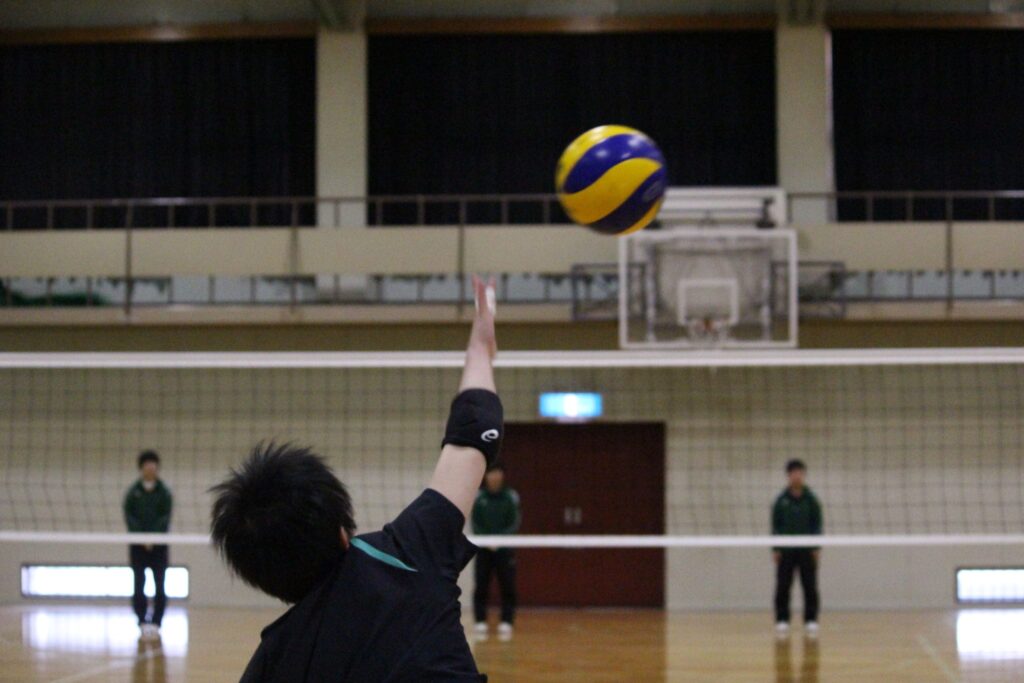
The number of rounds in boxing has a huge impact on fight strategy, preparation, and viewing experience.
From professional to amateur, from training sessions to world title fights, round numbers play a central role in every aspect of boxing.
However, surprisingly few fans may know the details of how this number of rounds is determined, what it means, and what it means for the players.
In this article, we dig into some interesting facts about the number of rounds in boxing, the historical background, and how it affects match strategy.
Even if you’re not a boxing fan, learning about the behind-the-scenes aspects of this dynamic sport will help you understand the next time you watch a match.
目次
- 1 Basic rules for the number of rounds in a boxing match
- 2 Professional boxing vs. amateur: difference in number of rounds
- 3 Historical matches and the evolution of the number of rounds
- 4 Training and Strategy: Impact of Number of Rounds
- 5 FAQ: Frequently asked questions about the number of boxing rounds
- 5.1 Q1: How many rounds are there in a professional boxing match?
- 5.2 Q2: How many rounds does amateur boxing take?
- 5.3 Q3: Why is a boxing round 3 minutes long?
- 5.4 Q4: How many rounds was the longest boxing match?
- 5.5 Q5: How many rounds are there in a women’s professional boxing match?
- 5.6 Q6: Who decides the number of rounds in a boxing match?
- 5.7 Q7: How does the number of rounds affect a player’s strategy?
Basic rules for the number of rounds in a boxing match
Boxing matches are known for their dynamism and depth of strategy, and one of the fundamental elements that shapes a match is the number of rounds.
The number of rounds varies depending on whether the fight is professional or amateur, and what weight class the fight is in.
Here we will explain the basic rules regarding the number of rounds in a boxing match.
Number of rounds in professional boxing
- Typical Matches : Professional boxing matches usually last 4, 6, 8, 10, or 12 rounds. The number of rounds varies depending on the importance of the fight and the contract, but 12 rounds is generally standard for title fights and major fights.
- Round Duration : Each round is 3 minutes long with a 1 minute break between rounds.
Number of rounds in amateur boxing
- Olympic and international competitions : Amateur boxing matches are typically held in three rounds at the Olympic Games and other international competitions. Each round is 3 minutes long.
- Women’s Amateur Boxing : Women’s matches also consist of three rounds, although in the past women’s rounds have been two minutes, shorter than men’s. This may vary depending on the competition and regulations.
- Rest Time : The rest period between rounds is 1 minute.
Youth and junior matches
- In youth and junior matches, the number of rounds and length of rounds may be even shorter. This will be adjusted according to the age and developmental stage of the player, and safety is our top priority.
Factors causing variation in match time
- The number of rounds may vary depending on the promoter, organization, and region. Additionally, a different number of rounds may be set for certain tournaments or commemorative matches.
The number of rounds in boxing has a huge impact on the structure of the match and the preparation of the fighters.
Athletes adjust their training depending on the length and intensity of the match, aiming for optimal performance.
For spectators, the number of rounds increases the anticipation of the match and creates a showcase for strategy and skill.

Professional boxing vs. amateur: difference in number of rounds
Historical matches and the evolution of the number of rounds
Throughout the history of boxing, the rules for matches and the number of rounds have changed significantly.
This evolution reflects the sport’s increased safety standards, increased competitiveness, and response to the entertainment needs of spectators.
Below, let’s take a closer look at some of the historic matches in boxing and the evolution of the number of rounds.
Early boxing and unlimited rounds
- In boxing from the end of the 18th century to the beginning of the 19th century, there was no upper limit to the number of rounds in a match. These matches continued until one fighter could no longer stand, sometimes lasting several hours. This exposed athletes to extreme physical risks and raised early concerns about the safety of the sport.
Introduction of London Prize Ring Rules
- The London Prize Ring Rules, introduced in 1838, were one of the first significant rule changes in boxing. This officially defined rounds and required players to return to the “scratch line” within 30 seconds when they went down. However, there was still no limit to the number of rounds.
The Queensberry Rules and the formation of modern boxing
- The introduction of the Queensberry Rules in 1867 was one of the most influential changes in boxing history. Rounds were now 3 minutes long, with a 1 minute break between rounds. In addition, matches were stipulated to be a maximum of 12 rounds, and the use of gloves was mandatory. These changes made boxing a safer and more competitive sport.
20th century title fights and number of rounds
- In the 20th century, 15 rounds became the standard for many professional boxing title fights. However, in the 1980s, major boxing organizations reduced the number of rounds in title fights to 12 rounds due to concerns about fighter safety.
modern boxing
- Currently, professional boxing matches typically take place over 4, 6, 8, 10, or 12 rounds, while 3 rounds is generally the standard for amateur boxing. These regulations are the result of an attempt to find a balance to increase the appeal of the sport while keeping athletes safe.
The evolution of the number of rounds in boxing reflects the growth and development of the sport itself. It has evolved to meet increasing safety standards, advances in technology, and the needs of spectators.

Training and Strategy: Impact of Number of Rounds
Boxing training and strategy largely depends on the number of rounds in the fight.
The more rounds you play, the more strategic depth and physical fitness you require, so your training plan will reflect that.
Below we explain how the number of rounds affects your training and strategy.
Impact on training
stamina and endurance
- Long Round Matches : Athletes preparing for long round matches require high levels of stamina and endurance. To achieve this, common training menus include long distance running and interval training. It is also important to have long sparring sessions to experience a feeling of fatigue similar to that of actual combat.
- Short Round Matches : Athletes preparing for short round matches should focus on training for explosiveness and speed. High-intensity interval training (HIIT) and short bursts of high-intensity sparring are effective.
technology and skills
- Long round matches require training to hone technical skills and tactical versatility. It requires the ability to adapt to your opponent’s strategy and use a variety of techniques throughout the match.
- Short round matches often focus on powerful punches for a KO and attacking techniques to gain an early advantage in the early rounds.
Impact on strategy
Pace management
- Long Round Matches : In long matches, it is important to manage your pace to avoid wasting energy in the early rounds. Plan a sustainable fighting style throughout the match and use a strategy to accumulate points.
- Short Round Matches : In short matches, it’s best to use an aggressive strategy to earn points from the beginning or aim for an early KO. He maintains a high pace right from the start of the match and continues to put pressure on his opponent.
choice of tactics
- Long round matches require the flexibility to assess your opponent’s style and weaknesses and change tactics mid-match. The key is to carefully accumulate points and attack in late rounds to take advantage of fatigue.
- In short round matches, the goal is to quickly execute pre-planned tactics to gain a decisive early advantage. Take aggressive tactics and attack aggressively

FAQ: Frequently asked questions about the number of boxing rounds
Q1: How many rounds are there in a professional boxing match?
A1: Professional boxing matches typically last 4, 6, 8, 10, or 12 rounds. Twelve rounds is generally standard for title fights and other important matches, but the number of rounds varies depending on the fight.
Q2: How many rounds does amateur boxing take?
A2: Amateur boxing matches usually last three rounds. This format is commonly used at the Olympic Games and other international competitions. Each round lasts 3 minutes and is the same for both men and women.
Q3: Why is a boxing round 3 minutes long?
A3: The three-minute round comes from the Queensberry Rules, which were established in 1867. These rules set round times to make boxing matches safer and more competitive. Three minutes gives players plenty of time to develop their strategies and techniques, while providing satisfying entertainment for spectators.
Q4: How many rounds was the longest boxing match?
A4: The longest boxing match in history was between Andy Bowen and Jack Burke in 1893, lasting 110 rounds. The match lasted 7 hours and 19 minutes and ultimately ended in a draw.
Q5: How many rounds are there in a women’s professional boxing match?
A5: Women’s professional boxing matches, like men’s, often take the same format as 4, 6, 8, 10, or 12 rounds. However, the number and length of rounds for women’s matches may vary depending on the group or region.
Q6: Who decides the number of rounds in a boxing match?
A6: The number of rounds is determined by the promoter, the contract between the fighters, and the rules of the boxing organization in which they fight. For title fights and specific matches, the number of rounds is generally set according to the organization’s regulations.
Q7: How does the number of rounds affect a player’s strategy?
A7: The number of rounds has a huge impact on a player’s training and strategy. In matches with a large number of rounds, physical fitness management and pacing are important. In short matches, the strategy may be to aggressively earn points or aim for a KO early on.
These FAQs will help you answer basic questions related to the number of rounds in boxing.
Boxing has complicated rules, but remembering them will help you while watching the game.






